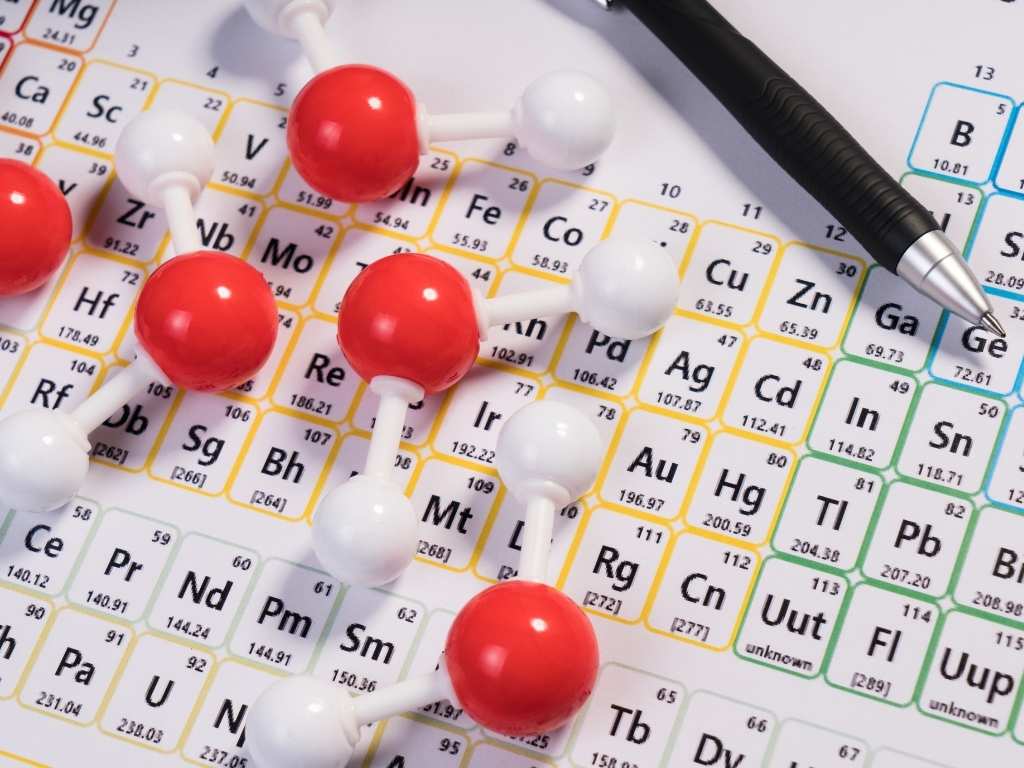How R&D teams extract chemical compounds from competitors’ patents

Here’s a breakdown of how R&D teams analyze and extract information from competitors’ patents, a critical process when deciding what chemicals to develop and for which applications.
Many R&D teams struggle under the heavy weight of patents they must analyze to stay competitive. To make matters more complicated, competitors often obscure new chemical compounds in patents. For example, if you need to identify all possible derivatives of a main chemical compound that your competitor has tested, the information might not be presented clearly in their patents.
We’ve seen patents where hydrogen has been annotated as ‘hydrogen’, the letter ‘H’ and as a chemical image of the atom, all in different rows and columns of a table. In other words, it’s hard for people and machines to quickly figure out the eventual form of those derivatives.
Albeit a critical task to identify market opportunities and innovate faster, manually analyzing patents is extremely laborious and time-consuming.
Read competitors’ patents faster to innovate faster
Needless to say, it’s crucial to have a thorough understanding of current and future trends in today’s competitive market. By staying up to date on your competitors’ latest developments, you’re in a position to better understand your products’ advantages and disadvantages, and where you can add value to your offerings. Moreover, designing a winning product development strategy demands a thorough understanding of both market needs as well as current offerings.
Using artificial intelligence can reduce months of manual work to minutes — and the process is pretty straight forward. Depending on the type of patents, the machine can extract up to 60 patents in 2 minutes with 90% accuracy. This enables patent analysts to spend their time analyzing the chemical compounds and make patent decisions.
How to extract information from competitors’ patents
Automating the analysis of competitors’ patents follows four steps.
1. Input: competitors’ patents
First, you upload all the patents you’d like to extract information from to the machine, similar to how you would upload documents to any software.
2. Automation: Iris.ai machine working procedure
When the patents are uploaded, our engine detects and identifies all tables and chemical compounds which have open bonds to be replaced by various substituents. The machine then picks substituents from different rows and columns, and replaces them in the correct place in the main chemical compound. The result is newly formed chemical derivatives in different formats e.g. SMILE strings, images, etc.
3. Output: all implicit derivative compounds from explicit tables
Finally, when the machine has generated all possible derivatives, it creates a table which contains information about which table they are taken from, their SMILE strings as well as their chemical structure images.
Key takeaways
To stay competitive, R&D teams sift through hundreds of patents to identify market opportunities. Developments in artificial intelligence enable them to automate the most manual tasks, to identify and extract chemical compounds in patents, freeing up time which they can spend analyzing the market and making patent decisions.